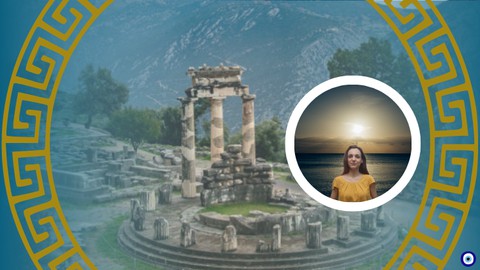
Price: $19.99
Hello and welcome to this course on the History of the 150 Delphic Maxims in ancient Greece. In this course, we will explore the significance of Delphi in ancient Greece, its historical context, its religious and cultural significance, and the threats to its preservation. Delphi was considered the centre of the world by the ancient Greeks and was home to the famous oracle of Apollo. The site was also designated a UNESCO World Heritage site in 1987 and is a major tourist attraction in Greece.
Additionally, we will look at the Delphic maxims, a series of moral precepts inscribed in the temple of Apollo in the precinct of Delphi in ancient Greece.
The Delphic Maxims are a list of Ancient Greek quotations, a mental and behavioural guide on how to live a virtuous and fulfilling life. They were engraved on the temple of Apollo in Ancient Delphi and have been inspiring visitors for over 2,500 years. The Delphic Maxims and ancient philosophy were an integral part of ancient Greek culture and education. The two most well-known maxims are “Know thyself”, and “Nothing too much”.
In this course, we will examine the historical context in which the Delphic Maxims were created and how they were used in ancient Greece. We will also examine how the Delphic Maxims can be applied to modern life in order for one to embrace the fullness of life. Throughout this course, we will provide fascinating insights and historical context to help you understand how the universal truths that the Delphic Maxims contain, are still valid today, and how these may help you succeed in your self-improvement and personal-branding process.
Last but not least, at the end of this course, you will have the chance to enjoy a multilingual presentation of the 150 Delphic maxims vested with meditation music. Enjoy!






